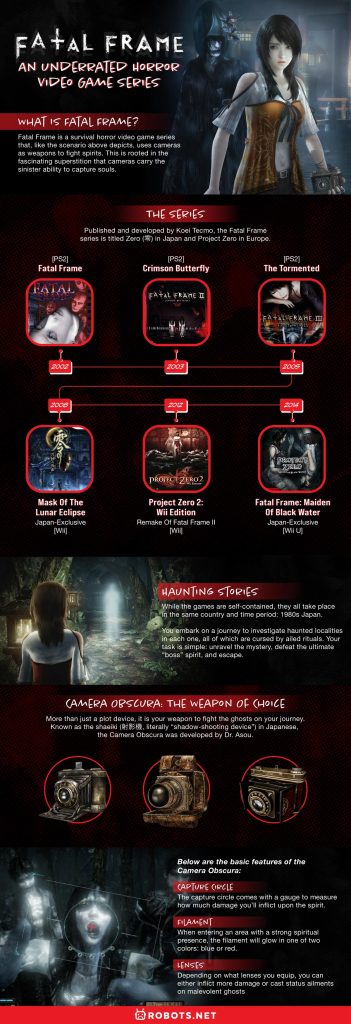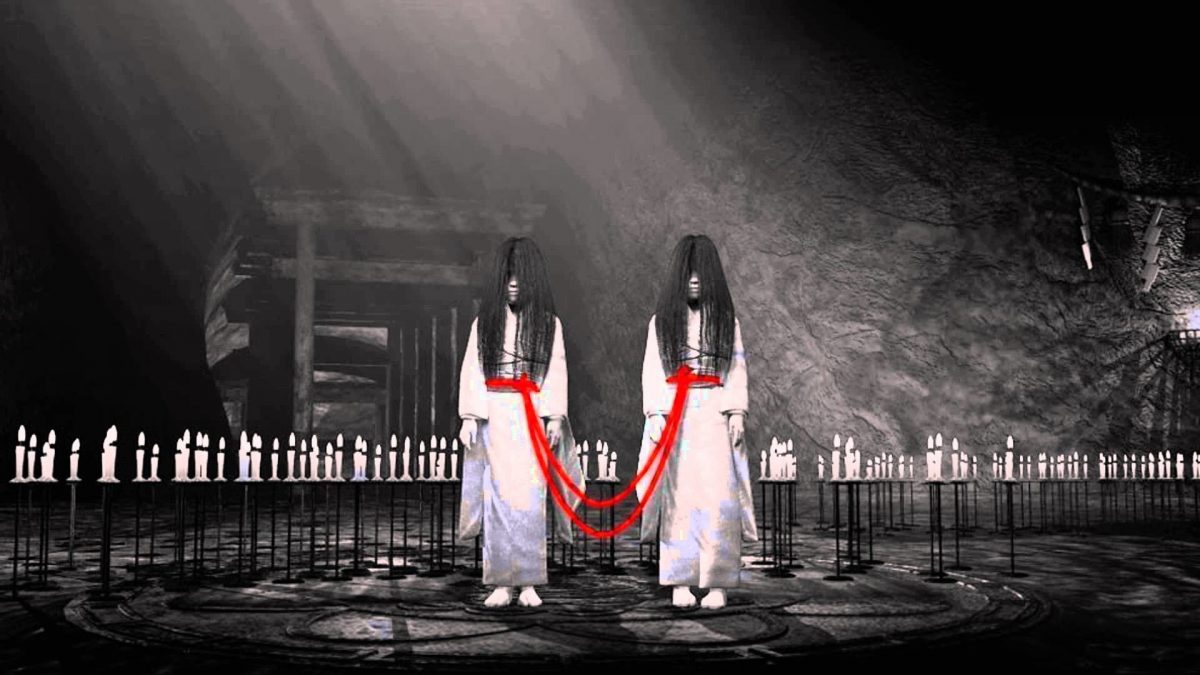You’re in a dark, dilapidated mansion. Ghosts threaten to attack you at every corner, and you tread carefully as you seek a way out. You then round a bend and spot an old bellows camera lightly covered by a curtain. You pick it up cautiously and raise its viewfinder to your eyes. It is at this moment that a tortured specter emerges and in a panic, you hit the shutter. The specter thus disappears, letting out one final, guttural wail. Welcome to the world of Fatal Frame.
Put aside cult favorites like Resident Evil and Silent Hill for now. While Fatal Frame never achieved the cult status that these two beloved series did, it still holds well in the survival horror genre.
Without further ado, let us bring you on a tour of Fatal Frame.
What Is Fatal Frame?
A Brief Introduction
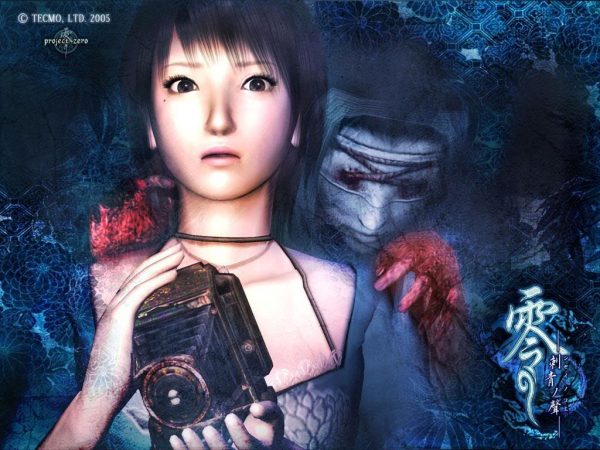

Fatal Frame is a survival horror video game series that, like the scenario above depicts, uses cameras as weapons to fight spirits. This is rooted in the fascinating superstition that cameras carry the sinister ability to capture souls.
In every game, you play as a protagonist who investigates a haunted locality. You do so for different reasons. Maybe you’re searching for a lost sibling. Or maybe you’re pursuing the spirit of a departed loved one. During your journey, you will find a Camera Obscura. And it is this Camera Obscura that has the ability to exorcise spirits and is your only weapon to combat malicious ghosts.
The Series
Published and developed by Koei Tecmo, the Fatal Frame series is titled Zero (零) in Japan and Project Zero in Europe. It debuted in 2001 for the Playstation 2 and has since expanded to include four more mainline entries. Below is a list of the mainline titles available:
- [PS2] Fatal Frame (2002)
- [PS2] Crimson Butterfly (2003)
- [PS2] The Tormented (2005)
- [Wii] Mask of the Lunar Eclipse (2008) – Japan-exclusive
- [Wii] Project Zero 2: Wii Edition (2012) – Remake of Fatal Frame II
- [Wii U] Fatal Frame: Maiden of Black Water (2014)
Lukewarm Reception
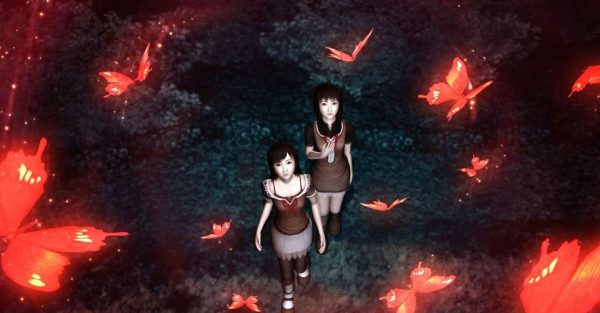

While Fatal Frame is widely praised, it suffers from a lack of sales. This becomes especially obvious when you compare its sales figures with Resident Evil and Silent Hill. Since the series debuted in 2001, it has only sold 1.3 million copies worldwide.
And things didn’t improve when Nintendo entered the picture. In fact, the series became even more, well, obscure. Starting from Mask of the Lunar Eclipse, the Fatal Frame series was released exclusively on Nintendo gaming hardware like the Wii and Wii U. In turn, Fatal Frame games were no longer released for the PlayStation.
Also, Nintendo of America wanted to maintain a “family-friendly” model in their video games. This led to Mask of the Lunar Eclipse not getting localized for America and Project Zero II: Wii Edition and Maiden of Black Water localized only for Europe.
Fatal Frame’s underwhelming commercial exposure is truly a shame. This is because the series combines all the hallmarks of a brilliant horror game: gameplay, story, and scare factor. Yet it has gone largely unnoticed by the wider gaming community.
While this article can’t change the direction of the Fatal Frame series, we hope to show you its value as a defining frontrunner of horror video games.
Features of Fatal Frame
The Fatal Frame series is defined by its solid storytelling and unique gameplay mechanics. In this section, we will break down what you can expect from each game and explain how the gameplay works. Let us begin with a summary of each of the five mainline titles:
Haunting Stories
While the games are self-contained, they all take place in the same country and time period: 1980s Japan. You embark on a journey to investigate haunted localities in each one, all of which are cursed by failed rituals. Your task is simple: unravel the mystery, defeat the ultimate “boss” spirit, and escape.
The stories told in each game are loosely connected with only a few characters recurrently appearing. Yet they are all connected by two key commonalities: the Camera Obscura and its inventor Dr. Kunihiko Asou.
Here is a brief introduction of each story and its characters:
Fatal Frame
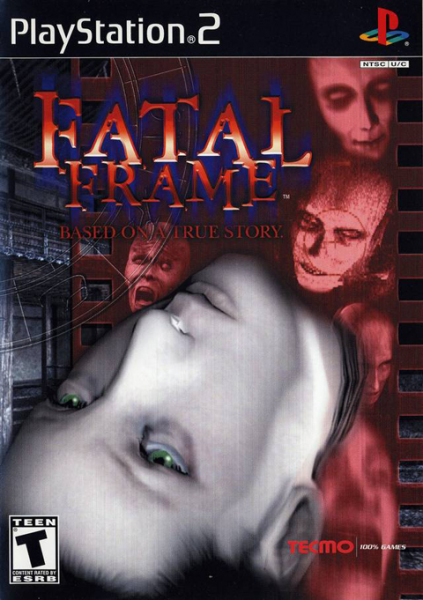

You play as Miku Hinasaki, who enters the haunted Himuro Mansion to search for her brother Mafuyu. On your journey, you’ll slowly unravel the mystery behind the mansion’s curse, which is tied to a woman who was sacrificed in a ritual to seal the entrance to the underworld.
Fatal Frame II: Crimson Butterfly / Project Zero 2: Wii Edition
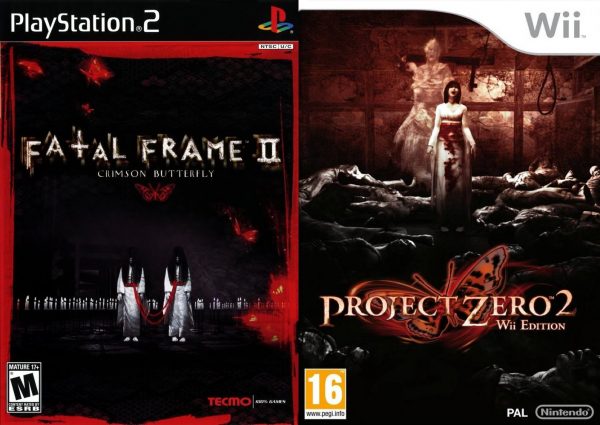

You play as Mio Amakura, who stumble into Minakami Village (aka the Lost Village) while chasing after her twin sister Mayu. Trapped in the village’s eternal night, you’ll discover its horrifying secret: a ritual where one twin has to kill the other to appease the abyss.
Fatal Frame III: The Tormented
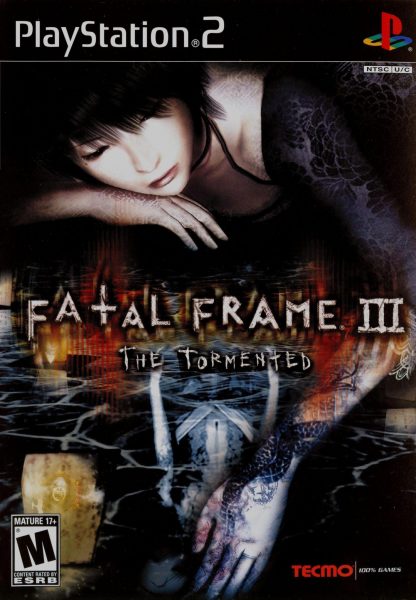

You play as Rei Kurosawa, Miku Hinasaki from Fatal Frame, and Kei Amakura. As Rei, you own a photography studio and Miku is your assistant. Kei is the friend of your deceased husband Yuu, and he is also the uncle of Mio and Mayu. Your characters are all connected by survivor’s guilt, and through them, you’ll be lured into the Manor of Sleep. The Tormented is a bold entry for its time, as it tackles survivor’s guilt’s potential to utterly destroy a person’s will to live.
Fatal Frame IV: Mask of the Lunar Eclipse
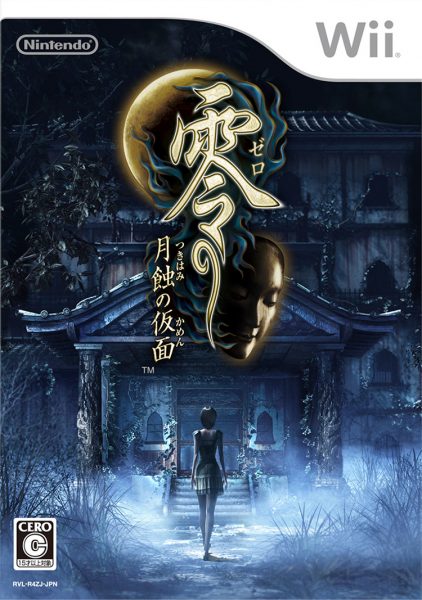

You play as Ruka Minazuki and Misaki Asou, both of whom are natives of the now-abandoned Rougetsu Island. You’ll return to the island to recover your memories from ten years ago. On your journey, you investigate not just the girls’ involvement in a ritual, but also a mysterious illness that killed most of the island’s inhabitants.
Fatal Frame: Maiden of Black Water
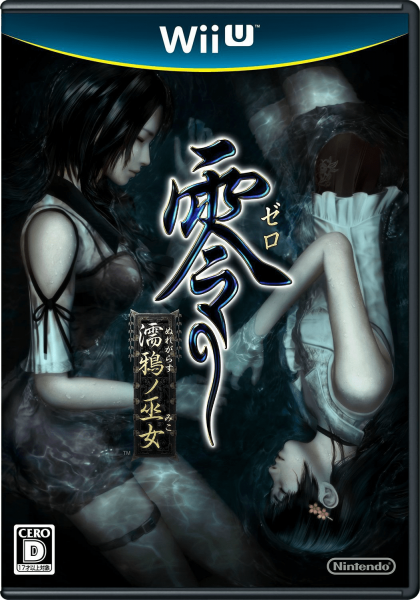

You play as Miu Hinasaki, Yuri Kozukata, and Ren Hojo, who enter and explore Mt. Hikami, a site infamous for suicides and rituals involving water. As all three characters, you are led into the mountain in search of missing people who are dear to you. For Miu, it is her mother Miku, who was the protagonist of the first Fatal Frame. For Yuri, it is her guardian Hisoka Kurosawa, who had rescued her when she attempted suicide. And finally, for Ren, it is his apprentice Rui Kagamiya.
Camera Obscura: The Weapon of Choice
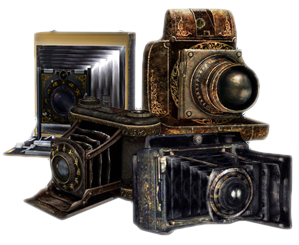

And now we come to the main highlight of the Fatal Frame series: the Camera Obscura. More than just a plot device, it is your weapon to fight the ghosts on your journey.
Known as the shaeiki (射影機, literally “shadow-shooting device”) in Japanese, the Camera Obscura was developed by Dr. Asou. As a window to a world beyond physical reality, the camera can capture pictures of impossible things that shouldn’t exist.
Along with his assistants, Dr. Asou created several types of Camera Obscura, with seven appearing in the games.
Below are the basic features of the Camera Obscura:
Capture Circle
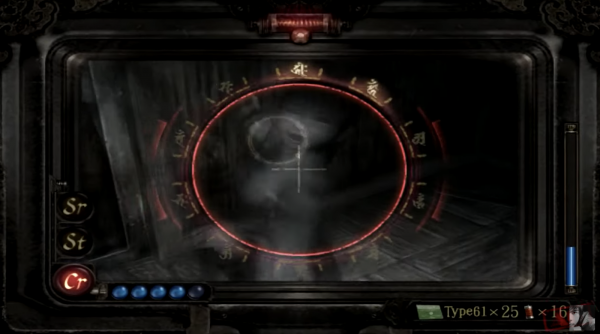

When entering viewfinder mode, you’ll notice that the most prominent feature is the capture circle located in the middle. To photograph spirits, you must align them within the capture circle when you push the shutter button. The capture circle also comes with a gauge to measure how much damage you’ll inflict upon the spirit. As a general rule of thumb, the longer a spirit spends within the circle, the more the gauge will charge up and the more damage you’ll deal.
Let’s delve into the capture circle’s design. The most common design uses Siddham or Japanese Sanskrit. Each of the eight characters represents a different Japanese Buddhist deity who corresponds to a different zodiac:
- Avalokitesvara (Senju Kannon): Rat
- Akasagarbha (Kokuzo Bosatsu): Ox and Tiger
- Manjusri (Monju Bosatsu): Rabbit
- Samantabhadra (Fugen Bosatsu): Dragon and Snake
- Mahasthamaprapta (Seishi Bosatsu): Horse
- Buddha Mahavairocana (Dainichi Nyorai): Sheep and Monkey
- Acalanatha (Fudo Myo-o): Rooster
- Amitabha (Amida Nyorai): Dog and Pig
As the deities are divine guardians, combining their Siddham symbols creates a powerful spiritual shield. This shield protects any user, regardless of zodiac affinity, from supernatural harm.
Filament
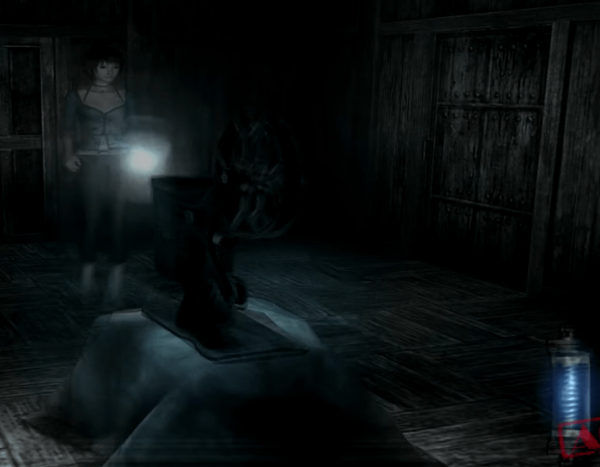

While this feature of the Camera Obscura is minuscule in comparison to the capture circle, it is important for the warnings that it gives the protagonist and player. When entering an area with a strong spiritual presence, the filament will glow in one of two colors: blue or red.
When the filament glows blue, this means that a benign spirit or a clue is nearby. You can photograph these to complete your album of benign spirit pictures. Benign spirits can be tricky to capture, as they only show up for a short time and sometimes move very quickly. You have to react quickly and snap a shot before they disappear.
When the filament glows red, this means that a malevolent spirit is in the area and must be fought off. It also acts as an indicator for you to trigger “Fatal Frame,” a mode that allows you to fire multiple shots in a chain for massive damage.
Lenses
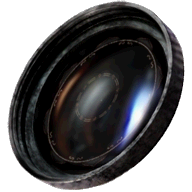

Lenses are upgradeable items in Fatal Frame. Depending on what lenses you equip, you can either inflict more damage or cast status ailments on malevolent ghosts. You can equip up to three lenses, which you can switch around when you enter viewfinder mode.
You consume spirit power when you use lenses, which show up as orbs in viewfinder mode. The more powerful your lens, the more spirit power you consume.
Here’s a small list of the lenses you can find across the series:
- Slow: Slows a ghost for a few seconds
- Blast: Greatly pushes back a ghost to inflict large amounts of damage
- Pierce: Increases the damage of chain shots
- Stop: Freezes a ghost in place for a few seconds
- See: Finds the location of a spirit
- Zero: Takes special shots with high exorcism power
Spend spirit points to upgrade your lenses, which you can acquire from damaging and defeating spirits.
How to Play Fatal Frame
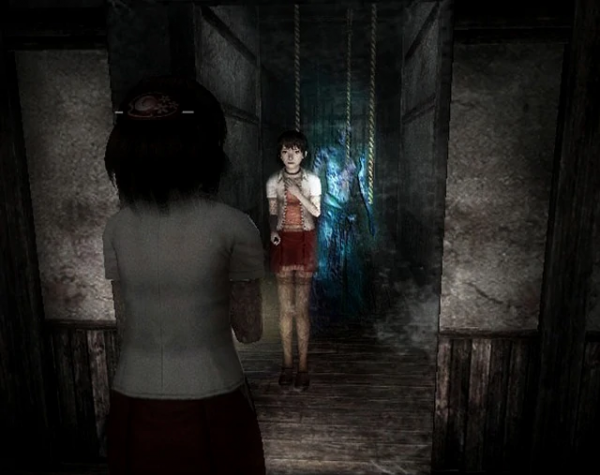

Given that all the titles in the Fatal Frame series are released on now-defunct consoles, it may be difficult for you to try these games out for yourself. Fortunately, emulators have already been released for all the consoles that the series was released on. Just make sure that you have the games’ ISOs and the correct emulator installed, and you’re good to go.
For the PS2 titles, check out PCSX2, a powerful emulator that runs practically all PS2 games perfectly on your PC.
As for the Wii exclusives, you’ll want to give Dolphin a go. Read our guide on how to set up Dolphin on your PC, and even use PS4 controllers in place of Wiimotes to navigate the dark hallways of Rougetsu Island and All Gods’ Village.
Finally, we have the Wii U-exclusive Maiden of Black Water. Surprisingly enough, we have a pretty decent Wii U emulator in the works, and it is called Cemu. Check out our guide on how to set up this emulator to play the latest Fatal Frame installment. Do make sure that your PC’s specs are good enough to handle the Wii U’s graphics for this one!
Fatal Frame: The Fatal End to a Good Horror Series?
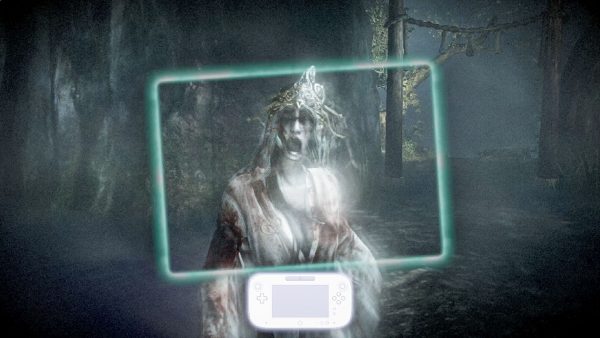

The Fatal Frame series deserves a revival. When it was first released in the early 2000s, it provided a refreshing alternative to typical survival horror games that used guns as weapons.
The idea of using cameras as weapons was—and still is—a novelty. It plays on the superstition that taking photos of a person is akin to stealing parts of their soul.
Mix this with the terrors of Japanese superstitions and folklore, and you have the perfect setting for quality horror games that use stellar storytelling and atmosphere to deliver scares to the audience.
